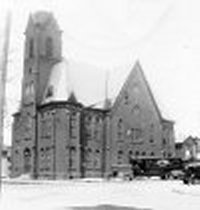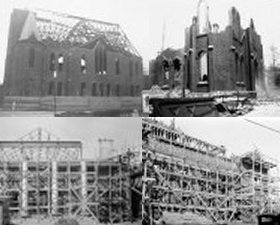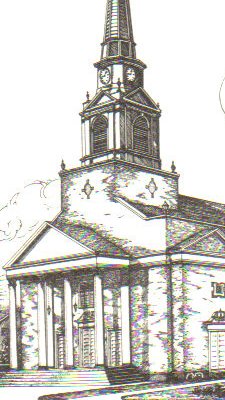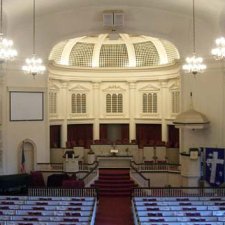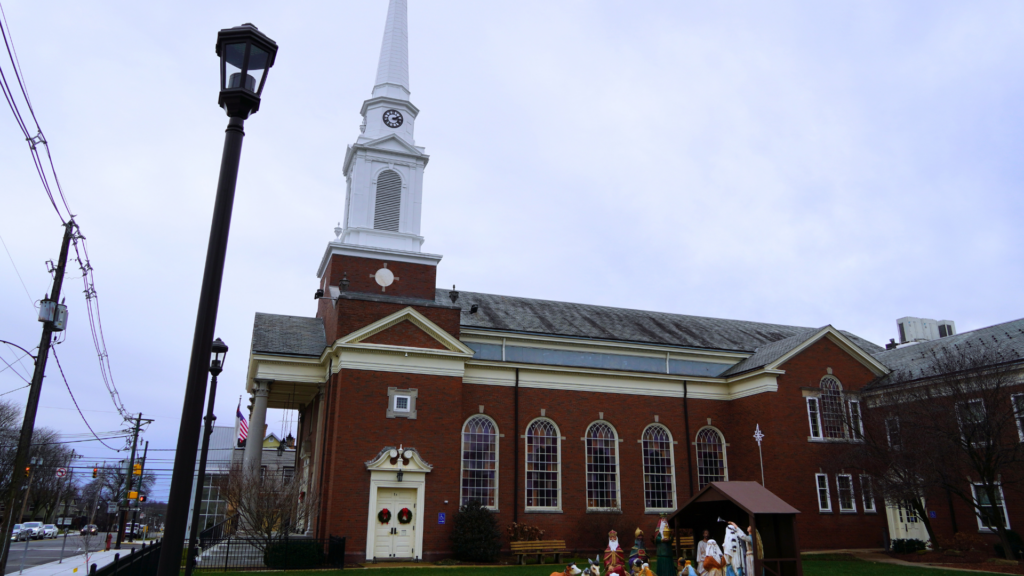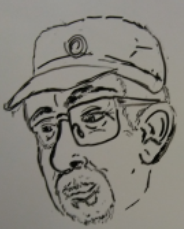OUR DISAFFILATION FROM THE UMC
The United Methodist Church (UMC) has experienced a significant division, primarily due to disagreements over issues related to human sexuality, biblical interpretation, and church governance. This division led to the formation of the Global Methodist Church (GMC) in 2022.
Background of the Division
For decades, the UMC has debated issues surrounding LGBTQ+ inclusion, particularly regarding same-sex marriage and the ordination of LGBTQ+ clergy. The Book of Discipline, which governs the church, has historically stated that “the practice of homosexuality is incompatible with Christian teaching” and has prohibited same-sex marriages and the ordination of self-avowed practicing homosexuals. However, growing support for LGBTQ+ inclusion, particularly in the United States and Western Europe, clashed with more traditional, conservative views held in other regions, particularly in Africa and parts of the United States.
Key Events Leading to the Split
- 2019 Special General Conference: The UMC held a special session of its General Conference in 2019 to resolve these issues. Delegates narrowly approved the Traditional Plan, which reinforced the existing prohibitions on same-sex marriage and LGBTQ+ clergy while strengthening enforcement measures. This decision deepened divisions within the denomination.
- The Protocol of Reconciliation and Grace Through Separation: In 2020, a diverse group of UMC leaders proposed a negotiated separation plan called the Protocol of Reconciliation and Grace Through Separation to allow traditionalist churches to leave with their assets. However, the COVID-19 pandemic delayed the 2020 General Conference where this protocol was to be voted on, leading to frustration among conservatives.
- Formation of the Global Methodist Church (GMC): In response to these delays, traditionalist leaders announced the launch of the Global Methodist Church on May 1, 2022. The GMC positions itself as a conservative alternative to the UMC, emphasizing a more traditional interpretation of Scripture and adherence to historic Methodist doctrines.
Differences Between the UMC and GMC
Aspect | United Methodist Church (UMC) | Global Methodist Church (GMC) |
Theology | Broad theological diversity; allows different interpretations | More traditional, conservative theology |
Human Sexuality | Debates ongoing; likely to become more LGBTQ+ inclusive | Upholds traditionalist stance against same-sex marriage and LGBTQ+ ordination |
Governance | Hierarchical with bishops having strong authority | More connectional with increased local church autonomy |
Property Ownership | Churches own property in trust with the UMC | Churches have more direct control over property |
Doctrinal Focus | Open to evolving theological perspectives | Focuses on historic Wesleyan teachings and biblical authority |
Current Status and Impact
Since its formation, thousands of churches have left the UMC to join the GMC or become independent. As of early 2024, over 7,500 U.S. churches have disaffiliated from the UMC, with more expected to leave as the 2024 General Conference could make further changes to UMC policies on LGBTQ+ inclusion.
This division marks one of the most significant schisms in modern Methodist history, reshaping the landscape of global Methodism. While the UMC continues to evolve, the GMC seeks to establish itself as a distinctly traditionalist denomination, emphasizing classical Wesleyan
The division within the United Methodist Church (UMC) has been one of the most significant schisms in modern Methodist history, reshaping the landscape of global Methodism. As the UMC continues to evolve, the Global Methodist Church (GMC) has emerged as a distinctly traditionalist denomination, emphasizing classical Wesleyan theology and conservative biblical interpretation.
Recognizing the need to align our congregation with a denomination that reflects our theological convictions, our church embarked on a journey of discernment. After much prayer, discussion, and a congregational vote, we overwhelmingly decided to disaffiliate from the United Methodist Church. This decision was finalized in June 2023, marking a new chapter for our church family.
On February 13, 2023, our membership voted to join the Global Methodist Church, affirming our commitment to traditional Wesleyan teachings and a renewed focus on biblical authority. With this transition, we also adopted a new name: Grace Church of Indiana, signifying both our fresh start and our ongoing mission to serve Christ and our community faithfully.
To complete the disaffiliation process, Grace Church met the required financial obligations. The cost of disaffiliation was $430,961, covered by a combination of our General Fund and a loan of $222,961. Through the generosity and faithfulness of our members, we were able to pay off this indebtedness in full on May 21, 2024. With this final payment, Grace Church now owns our real estate free of the UMC’s trust clause, ensuring full ownership and control over our property and assets.
Additionally, our corporate name change was officially approved by the Commonwealth of Pennsylvania on March 27, 2023, further solidifying our legal and spiritual transition into this new season of ministry.
Today, Grace Church of Indiana stands as an independent, self-governing congregation within the Global Methodist Church. As we move forward, we remain committed to the Great Commission, the authority of Scripture, and the mission of making disciples of Jesus Christ who worship passionately, love extravagantly, and witness boldly.

